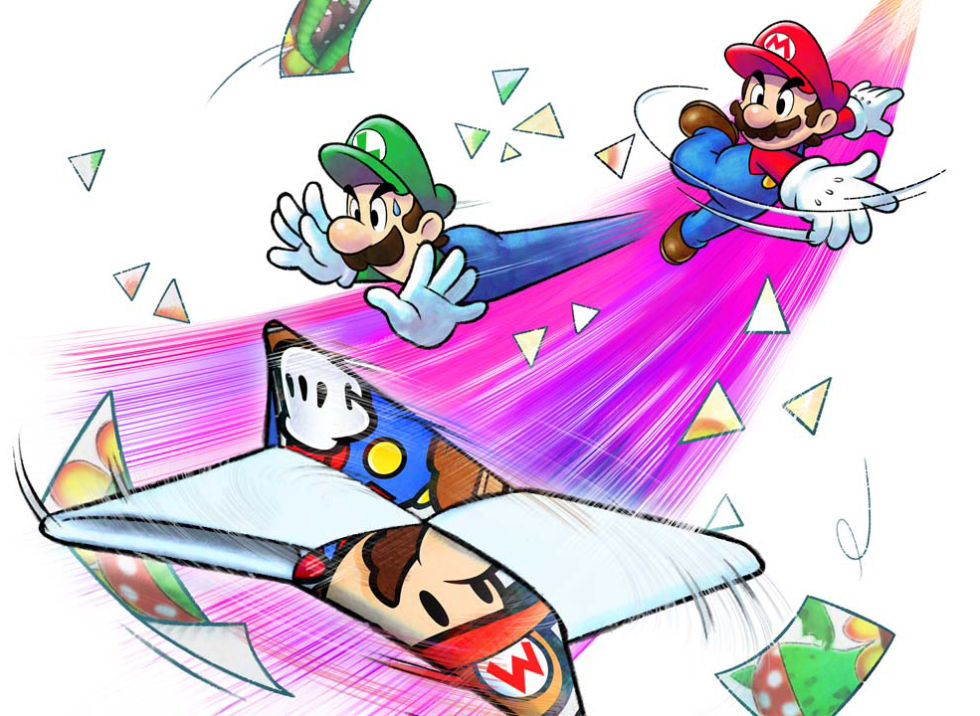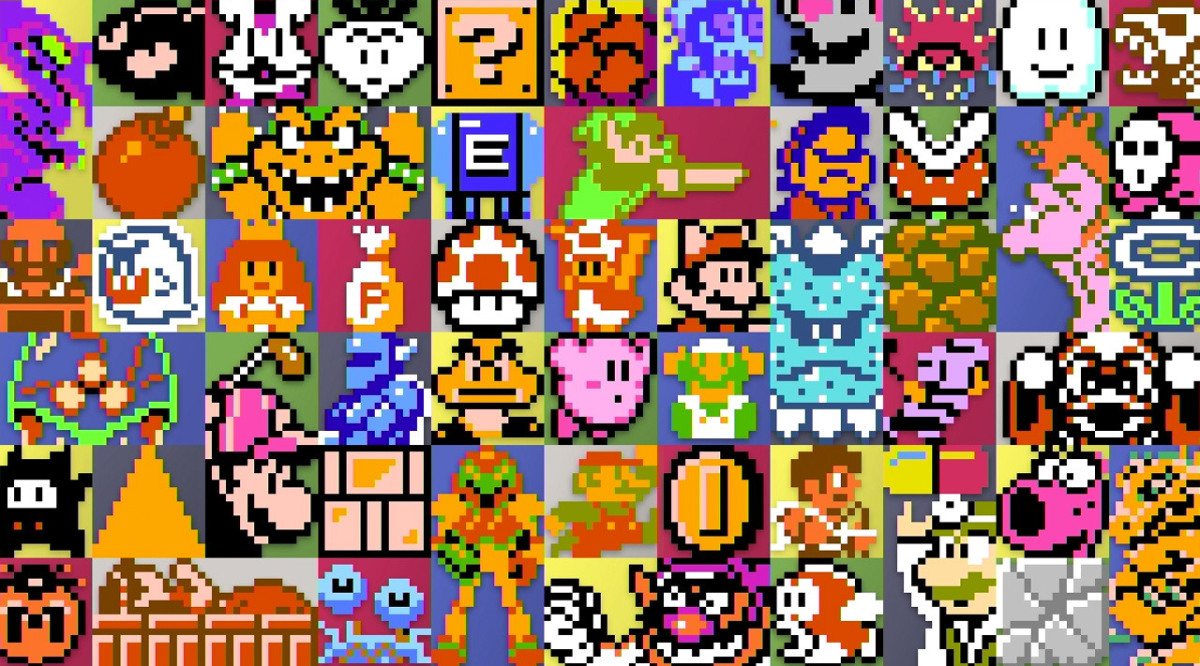Boy, people sure do love some Metroid, huh?
Samus Returns was one of E3’s biggest surprises, though I certainly had trepidation when I learned that MercurySteam was the developer. They’re a bunch of passionate guys, obviously, but I’ve found their previous games (the best-known of which are the Castlevania: Lords of Shadow sub-series) to be… lacking, to put it simply. I tried to keep a little bit optimistic, saying “They must have made a hell of a pitch for Nintendo to give them the keys to a Metroid game.”
And then Samus Returns released. And it was… good, actually! Pretty darn solid. It’s got some cool map design, the atmosphere is great, and there’s some neat puzzle design. If I gave it a numerical score, it’d be a nice seven-out-of-ten. That means it’s quite good!
… but it’s still not the rave-fueled 9s and 10s I’ve seen handed out to the game. Honestly, I find those a bit of a head-scratcher, because while Samus Returns is good, it has problems. Some really big problems, even. And I didn’t see anyone really touching on them, either. I can understand the elation of finally getting a 2D Metroid again after so long, but Samus Returns isn’t perfect by a long shot.
Thankfully, on this wonderful web site o’ mine, I can eschew the standard review format and dive straight into everything that grinds my gears about Samus Returns. To be fair, some of these problems were also present in the original Metroid II: Return of Samus — but shouldn’t a remake try its best to fix some of that? I also haven’t played AM2R, so there won’t be any comparisons on that front. It’s just me, you readers, and a whole lot of nitpicking from someone who’s not a Metroid die-hard but loves this sort of game. So let’s jump right in…
(I wanted to get screencaps to better illustrate some of my points here, but the whole Miiverse work-around to get 3DS screens is a ginormous pain in the butt, so I eventually had to abandon the idea. So, this article’s going to be all-text. My apologies!)



